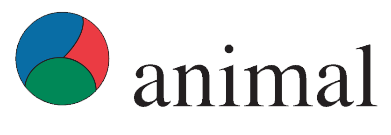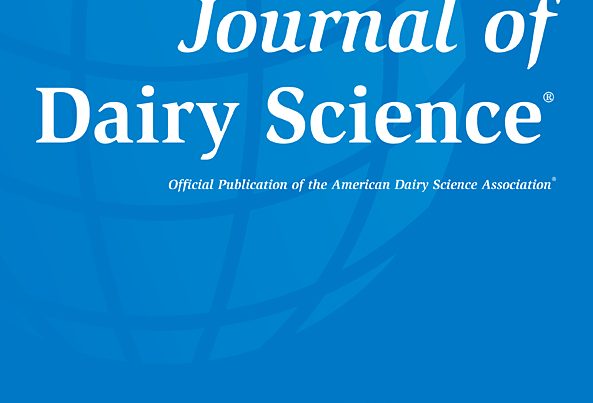Document type: Report from the Animal Welfare Committee (UK)
Author: Animal Welfare Committtee
Preview: Introduction and scope
1. The Farm Animal Welfare Committee (FAWC) traditionally provided detailed expert advice to Ministers in Defra and the Scottish and Welsh Governments on the welfare of farmed animals on farm, at market, during transport and at slaughter. In October 2019, FAWC was renamed the Animal Welfare Committee (AWC) and its remit was expanded to include companion animals and wild animals kept by people, as well as farmed animals. This enables it to provide authoritative advice, which is based on scientific research, stakeholder consultation and experience, on a wider range of animal welfare issues.
2. This Opinion principally addresses chicken (Gallus gallus domesticus) chicks and embryos from breeds selected for commercial egg production. It also covers the chicks and embryos of this species that become broiler breeder birds, as well as newly hatched turkey poults (Meleagris gallopavo domesticus) and newly hatched ducklings (Anas platyrhynchos domesticus).
3. AWC has been asked to consider whether there are promising technologies that could help end the culling of newly hatched male chicks in the laying hen industry by identifying and/or determining the sex of chick embryos before hatching. These technologies are at different stages of technical development and some are already used at scale in large hatcheries in some other countries. Issues include whether sentience is likely to be less developed at the ninth day of pre-hatch embryonic development than at one day following hatching, and the implications of error rates for whether alternatives to current post-hatch sexing should be pursued.
4. AWC has also been asked to identify any animal welfare risks that might result from newly hatched male chicks no longer being culled. Such chicks are used in large numbers to feed (captive and other) raptors, as well as animal and bird species kept in zoos and as pets.
5. AWC has also been invited to offer any other ideas or views on this topic. It has identified the processing of all newly hatched chicks, the use of dual-purpose chicken breeds and implications for the sexing of broiler breeder chicks and turkey poults as additional areas requiring consideration




